Bottle caps are the main accessories of cosmetic containers. They are the main content dispenser tools besides lotion pumps and spray pumps. They are widely used in cream bottles, shampoos, shower gels, hoses and other products. In this article, we briefly describe the basic knowledge of bottle caps, a packaging material category.
Product Definition
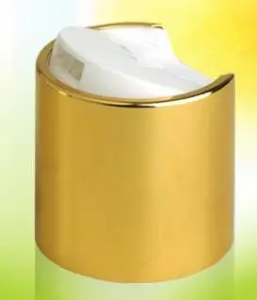
Bottle caps are one of the main content distributors of cosmetic containers. Their main functions are to protect the contents from external contamination, facilitate consumers to open them, and convey corporate brands and product information. A standard bottle cap product must have compatibility, sealing, rigidity, easy opening, resealability, versatility, and decorativeness.
Manufacturing process
1. Molding process

The main materials of cosmetic bottle caps are plastics, such as PP, PE, PS, ABS, etc. The molding method is relatively simple, mainly injection molding.
2. Surface treatment
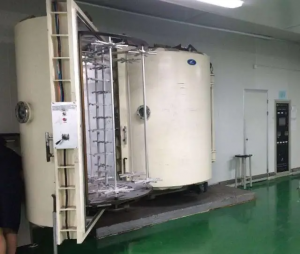
There are various ways to treat the surface of bottle caps, such as oxidation process, vacuum plating process, spraying process, etc.
3. Graphics and text processing
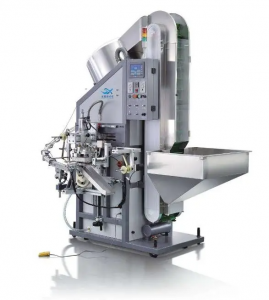
The surface printing methods of bottle caps are various, including hot stamping, silk screen printing, pad printing, thermal transfer, water transfer, etc.
Product structure
1. Sealing principle
Sealing is the basic function of bottle caps. It is to set up a perfect physical barrier for a bottle mouth position where leakage (gas or liquid contents) or intrusion (air, water vapor or impurities in the external environment, etc.) may occur and be sealed. To achieve this goal, the liner must be elastic enough to fill any unevenness on the sealing surface, and at the same time maintain sufficient rigidity to prevent it from squeezing into the surface gap under the sealing pressure. Both elasticity and rigidity must be constant.
In order to obtain a good sealing effect, the liner pressed against the bottle mouth sealing surface must maintain a sufficient pressure during the shelf life of the package. Within a reasonable range, the higher the pressure, the better the sealing effect. However, it is obvious that when the pressure increases to a certain extent, it will cause the bottle cap to break or deform, the glass bottle mouth to break or the plastic container to deform, and the liner to be damaged, causing the seal to fail by itself.
The sealing pressure ensures good contact between the liner and the bottle mouth sealing surface. The larger the bottle mouth sealing area, the larger the area distribution of the load applied by the bottle cap, and the worse the sealing effect under a certain torque. Therefore, in order to obtain a good seal, it is not necessary to use too high a fixing torque. Without damaging the lining and its surface, the width of the sealing surface should be as small as possible. In other words, if a small fixing torque is to achieve the maximum effective sealing pressure, a narrow sealing ring should be used.
2. Bottle cap classification
In the cosmetics field, bottle caps are of various shapes:
According to product material: plastic cap, aluminum-plastic combination cap, electrochemical aluminum cap, etc.
According to the opening method: Qianqiu cap, flip cap (butterfly cap), screw cap, buckle cap, plug hole cap, diverter cap, etc.
According to supporting applications: hose cap, lotion bottle cap, laundry detergent cap, etc.
Bottle cap auxiliary accessories: inner plug, gasket and other accessories.
3. Classification structure description
(1) Qianqiu cap
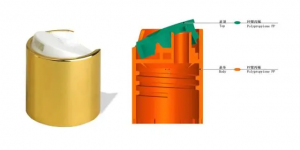
(2) Flip cover (butterfly cover)
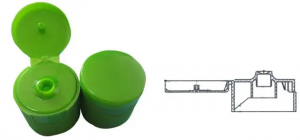
The flip cover is usually composed of several important parts, such as the lower cover, liquid guide hole, hinge, upper cover, plunger, inner plug, etc.
According to the shape: round cover, oval cover, special-shaped cover, two-color cover, etc.
According to the matching structure: screw-on cover, snap-on cover.
According to the hinge structure: one-piece, bow-tie-like, strap-like (three-axis), etc.
(3) Rotating cover
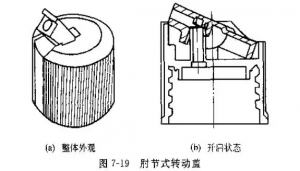
(4) Plug cap
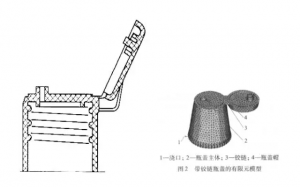
(5) Liquid diversion cap
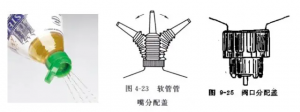
(6) Solid distribution cap
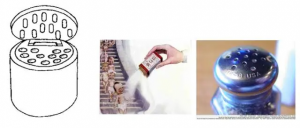
(7) Ordinary cap

(8) Other bottle caps (mainly used with hoses)
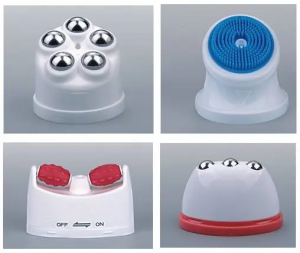
(9) Other accessories
A. Bottle plug
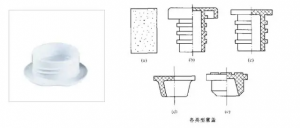
B. Gasket
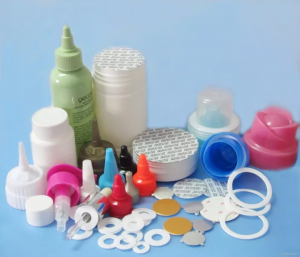
Cosmetic Applications
Bottle caps are one of the content dispenser tools in cosmetic packaging, in addition to pump heads and sprayers.
They are widely used in cream bottles, shampoos, shower gels, hoses and other products.
Key control points for procurement
1. Opening torque
The opening torque of the bottle cap needs to meet the standard. If it is too large, it may not be opened, and if it is too small, it may easily cause leakage.
2. Bottle mouth size
The bottle mouth structure is diverse, and the bottle cap structure must be effectively matched with it, and all tolerance requirements must be matched with it. Otherwise, it is easy to cause leakage.
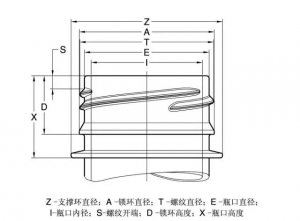
3. Positioning bayonet
In order to make the product more beautiful and uniform, many bottle cap users require that the patterns of the bottle cap and the bottle body be independent as a whole, so a positioning bayonet is set. When printing and assembling the bottle cap, the positioning bayonet must be used as the standard.
Post time: Nov-14-2024

